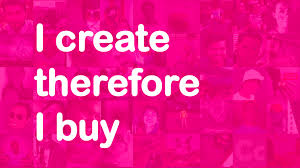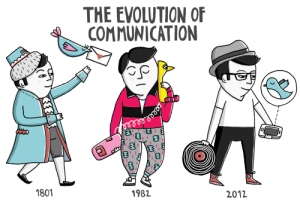Building relationships and followers organically on Social Media takes time and effort, often depleting your company resources of money and time. On any Social Media platform, one of the most important objectives is to increase your followers – thus demonstrating your marketing prowess and apparent popularity. It’s an issue of quantity over quality or applying the theory that turnover is vanity and profit is sanity – same principle here, volume of bought followers = vanity and volume of organic followers = sanity.
Ethically and morally buying followers for Facebook, Twitter or any other platform is inherently wrong. However this article explores the advantages and disadvantages of buying Social Media followers and implores you to hold your head in shame if you still choose to buy.
Advantages
- Increase in volume of Followers
- Enhanced credibility due to apparently larger customer base
- Saves time vs organic following
One of the biggest problems cited by Small Business owners relating to Social Media, is their lack of ability to commit time to Social Media Management, therefore buying followers will save time but not money.
Disadvantages
- Fake – Shows lack of transparency & integrity
- Skews posts/followers ratio – harms engagement
- Costs real money
- Do fake accounts buy your products and services?
Social Media is pointless unless you are genuinely engaging with your audience and buying followers ensures your engagement will be poor/non-existent. It’s simple – connect with real people and businesses, not Social Media accounts.
How do I spot a fake account?
Easy peasy, just do some simple research into the accounts themselves. On Twitter read past tweets, you’ll notice fake accounts have nothing but retweets, no engagement with people, posting identical links to all followers and meaningless quotes of the day – they’re automated and fake.
On Pinterest check the boards created by the supposed users. Recently I’ve noticed a spat of fake accounts promoting 3 main boards relating to weight loss – all fake.
Check the ratio of likes to “speaking about us” on Facebook. If a page has 10,000 likes but has 0 people speaking about that page, then you know those likes have been purchased.
Conclusion
If you’ve ever bought Social Media followers the likelihood is that you’ve done this on the quiet, after all you want people to think you’ve gained them fairly. Buying Social Media followers is a short term solution to increase your likes or followers but the lack of engagement should be the sole reason NOT to ever purchase likes from shady companies.
The first thing that pops into my mind when I see a company’s Social Media page with fake followers is – You have no honesty, no integrity and do you think we’re stupid? Get real or get off Social Media altogether – if you need to buy your popularity, then Social Media isn’t the right Marketing tool for your company. 🙂









